For good this time
We all love a clean bathroom. Yet, sometimes, even the pros amongst us might see the formation of pink mold in the shower. While this might be a reason for you to turn bright red with embarrassment, you shouldn’t be. It happens to the best of us.

The truth is that every bathroom has seen quite a few unmentionables- and that’s ok. If you’re wondering how to remove pink mold in your shower, we will explain:
– What it is
– How to remove it and
– How to ensure it doesn’t come back. We will also delve deeper into why it appears around your toilet and other parts of your bathroom.
We know you have better things to do than to spend an entire day cleaning your bathroom. But, you can’t deny that a sparkling bathroom is exactly what you need to relax at the end of a long, hard day, so read on!
In this article
What is Pink Mold?
Is Pink Mold Dangerous?
What Causes Pink Mold in the Shower?
How to Get Rid of Pink Mold
Different Products You Can Use to Remove Pink Mold
Using Bleach
Using baking soda
How to Remove Pink Mold from Different Areas in Your Bathroom
Removing Pink Mold from a Shower Curtain
Removing Pink Mold from Shower Doors and Walls
Removing Pink Mold from Tile and Grout
How to Prevent Pink Mold in the Shower
What is Pink Mold?
Pink mold is also known as pink fungus or pink mildew. It’s a type of bacteria that grows in humid or damp environments. You can find pink mold in the shower or around your toilet because there’s moisture around these places.
The most common bacteria that cause pink mold in the bathroom are Aureobasidium pullulans and Serratia marcescens. These bacteria are airborne.
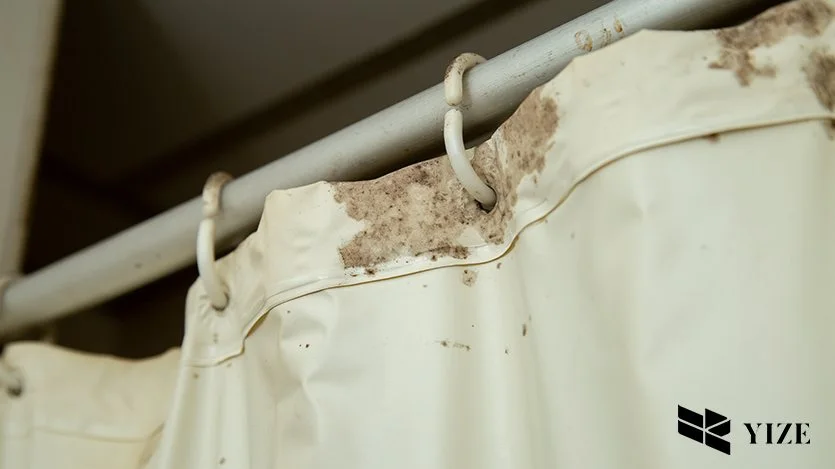
Even though the name suggests it’s pink-colored, pink mold can change color. Sometimes, it looks like red mold in the shower. Other times, orange mold on the shower curtain, or white mold around the faucets. The color of pink mold depends on moisture levels and room temperature conditions. Pink mold can also turn from pink to yellow and gray as it matures.
Is Pink Mold Dangerous?
Even though pink mold can cause bacterial infection, most of the time, it isn’t very harmful to a healthy person. Pink mold is harmful if someone is immunocompromised, has an open wound, is asthmatic or is sickly. Pink mold can eat into healthy tissue if it spreads to wounds or open pores in the body. Pink mold is harmful to pets, children, and people with immunodeficiencies. Pink mold can also cause:
– Urinary Tract Infections (UTI)
– Bladder infections
– Pneumonia
– Respiratory issues
– Allergies The bacteria can also discolor your bathroom surfaces and result in unpleasant odors. Even though pink mold isn’t as harmful as black mold, you should handle it with care. You should also ensure you’ve got the necessary safety gear when cleaning it.
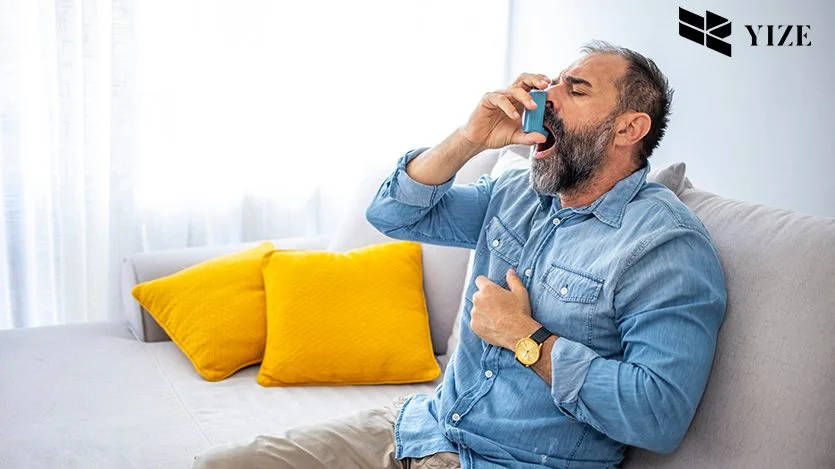
What Causes Pink Mold in the Shower?
Pink mold in a shower often introduced by moisture and organic materials. These provide a suitable environment for the bacteria to grow. Common sources of moisture in a shower include:
– Leaks
– High humidity
– Lack of proper ventilation. Organic materials that can offer food sources for the bacteria include:
– Soap scum
– Hair
– Dead skin cells, and
– Other debris accumulating in the shower.
Body fluids such as urine, pus from infected wounds, or feces can introduce the bacteria to the shower. These fluids can create the ideal conditions for bacteria to grow and multiply.
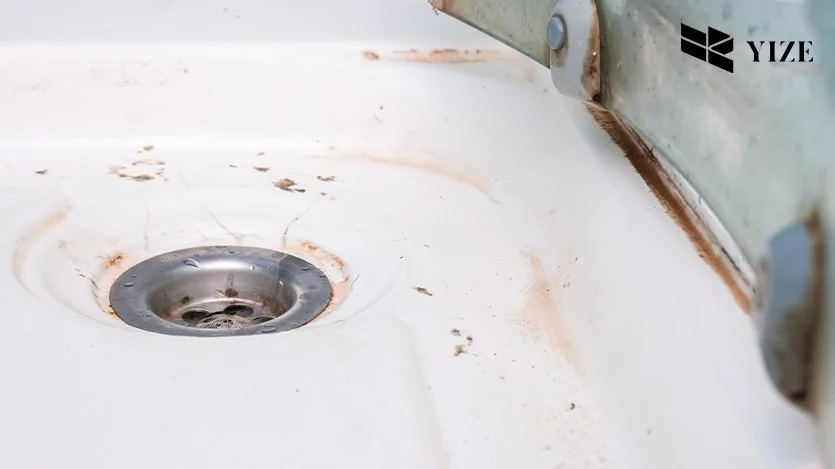
How to Get Rid of Pink Mold
If you’ve noticed pink mold in the bathroom, chances are that the bacteria is highly concentrated. Your priority right now is to get rid of the bacterial colonies and keep your bathroom clean. To get rid of pink mold from the shower, you can take the same steps as you would to remove other mold colonies.
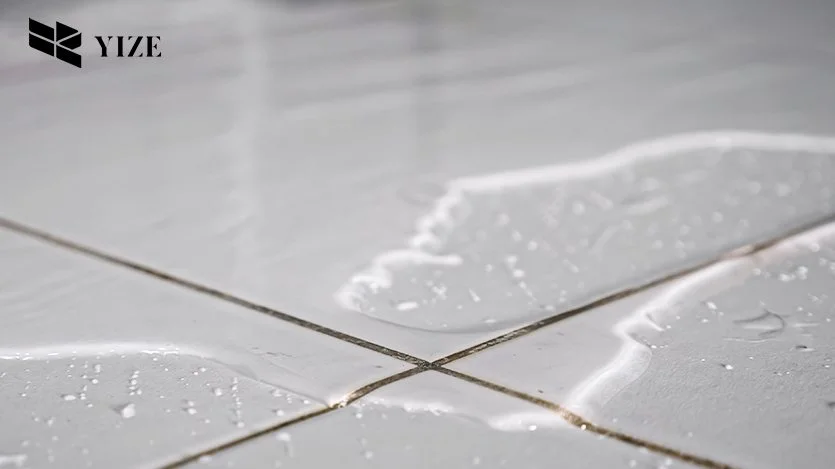
You should gather the necessary supplies and wear protective gear to get rid of pink mold. You can use non-toxic ingredients and elbow grease to remove mold. For DIY removal, you will need the following:
– Rubber gloves
– A face mask
– Goggles
– Baking soda
– Liquid dish soap
– Distilled white vinegar
– A nylon scrub brush
– A spray bottle.
Ventilate the bathroom before cleaning by turning on the fan and opening the windows. This will help reduce moisture and cut fumes during the cleaning process.
Different Products You Can Use to Remove Pink Mold
Using Bleach
Bleach is a powerful cleaning agent. It can effectively remove pink mold, mildew, and bacteria. To use it, mix a solution of bleach and water in a 1:2 ratio in a spray bottle. Spray it on the areas where mold is present. Wipe clean afterward. Please note that you should not use bleach on colored grout, unglazed tiles, natural stones such as marble and granite, or wooden fixtures. Bleach can damage or discolor these materials. Instead, use a baking soda solution.
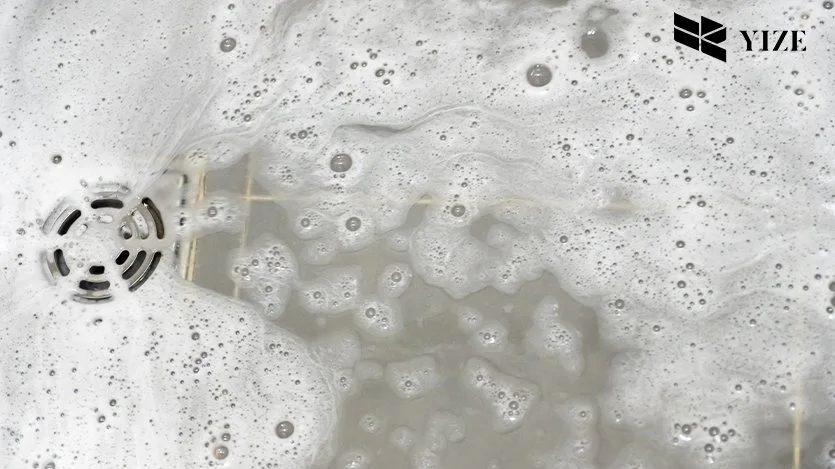
Using baking soda
Baking soda can inhibit mold growth and destroy bacterial colonies. It does this by breaking down their protective layer. To use it, mix baking soda, dishwashing liquid, and water apply the mixture to affected areas such as shower curtains, shower curtain rings, sinks, and drains. Let the solution sit for about 10 minutes. Then, use a scrub brush to scrub away the mold colonies. Rinse off the solution with warm water and apply a commercial biocide to prevent the pink mold bacteria from returning.
How to Remove Pink Mold from Different Areas in Your Bathroom
Removing Pink Mold from a Shower Curtain
There are different ways to remove pink mold from a shower curtain. You can either remove it along with the liner and put them in the washing machine or clean them. Remember to put on the protective gear we mentioned earlier before starting.
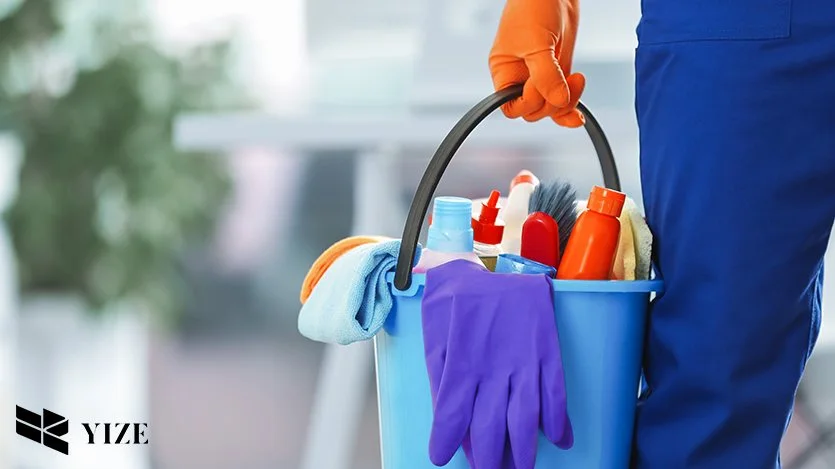
First, rinse the areas with mold using the hottest water possible and your shower sprayer. Make a paste using four parts baking soda to one part liquid dish soap. Use a nylon scrub brush to scrub the areas with mold. Rinse away the baking soda residue and mold with your shower sprayer.
Next, mix one part water and one part white vinegar in a spray bottle. Then spray down the entire shower area and let the solution sit for 10 minutes. Scrub any visible stains with the nylon brush and rinse the shower with hot water.
Once you’ve finished cleaning, hang the liner and shower curtain in a well-ventilated area. This allows it to air dry before reinstalling them. Keep any windows open and the fan running for a few hours after cleaning to reduce moisture.
Removing Pink Mold from Shower Doors and Walls
To remove pink mold from shower walls and doors, mix 1/4 cup baking soda and one tablespoon of dish soap to form a paste. Use a soft-bristled brush to apply the paste to the walls and doors, scrubbing off the pink mold. Rinse the walls and door with hot water. To prevent the pink mold from returning you have to disinfect the shower. Do this by spraying a mixture of bleach and water on the walls and door and letting it sit for 10 minutes. Rinse and dry the walls and door well and ensure no residue is present.
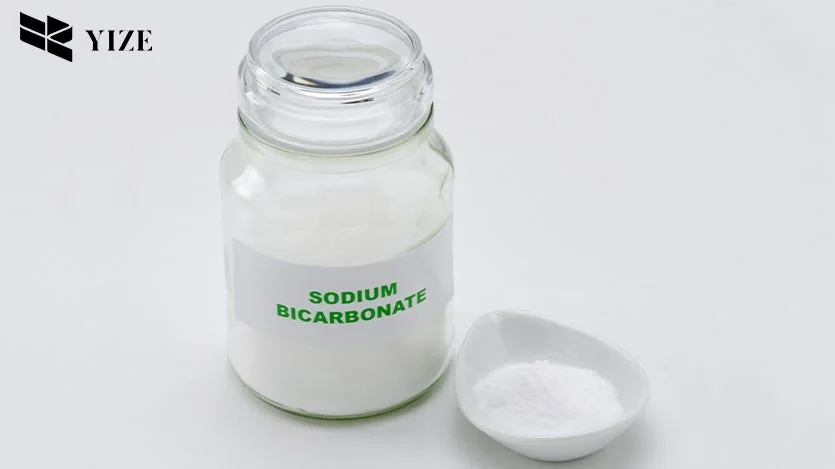
Removing Pink Mold from Tile and Grout
You can clean the tile and grout in your shower with the baking soda paste and bleach mixture used for the walls and door. If your tiles are natural stone, avoid using bleach too much, as it can cause damage over time. Seal the stone tiles as often as you can to maintain cleanliness and protect the natural stone. It’s best to and to keep them clean and dry as much as possible.
How to Prevent Pink Mold in the Shower
The right cleaning habits will help you turn your bathroom from a dirty space to a luxurious room. The presence of pink mold is common, but you can easily prevent it by regular cleaning. The techniques below will get rid of it. Maintaining a consistent cleaning routine will ensure it doesn’t return.
· Keep the bathroom ventilated: Ventilate the bathroom to prevent mold growth. Use a bathroom fan or open a window to increase airflow and reduce humidity. This will help to dissipate the moisture that mold needs to grow.
· Clean often: Scrub the shower, tub, and toilet with mild detergent and water. Wipe down surfaces with a damp cloth to remove mold spores and bacteria. This will help to keep the surfaces clean and reduce the chance of mold growth. You should clean often, particularly after showering or bathing. It will help to remove moisture and prevent mold growth.
· Fix leaks: Leaks in the shower, faucets, or pipes can lead to water damage and mold growth. It is crucial to repair any leaks as soon as they occur to prevent mold from growing. Keep an eye out for any signs of water damage, such as water stains, peeling paint, or discoloration.
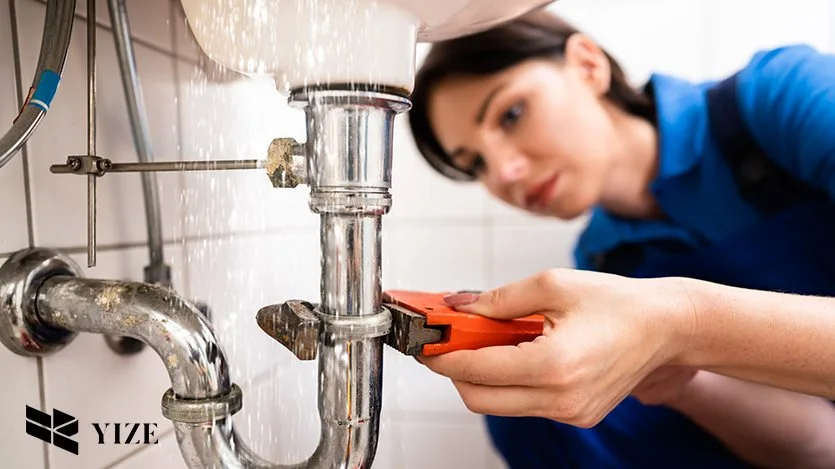
· Use a squeegee: After showering, use a squeegee to remove water from the walls and floor. This will help to dry the area and reduce the amount of moisture that can lead to mold growth.
· Use a mold inhibitor: You can apply several commercial products to shower surfaces. This will help to create a barrier that prevents mold from growing. You can add these inhibitors to paint or apply them as a separate product.
· Keep the bathroom dry: Don’t store towels and other items that hold moisture in the bathroom. This will help to reduce the amount of moisture in the bathroom and prevent mold growth. Hang towels and bathmats outside the bathroom to dry after use.
· Use a dehumidifier: A dehumidifier will help to remove moisture from the air. It will also help to reduce the humidity in the bathroom. It can help to reduce the conditions that allow mold to grow.
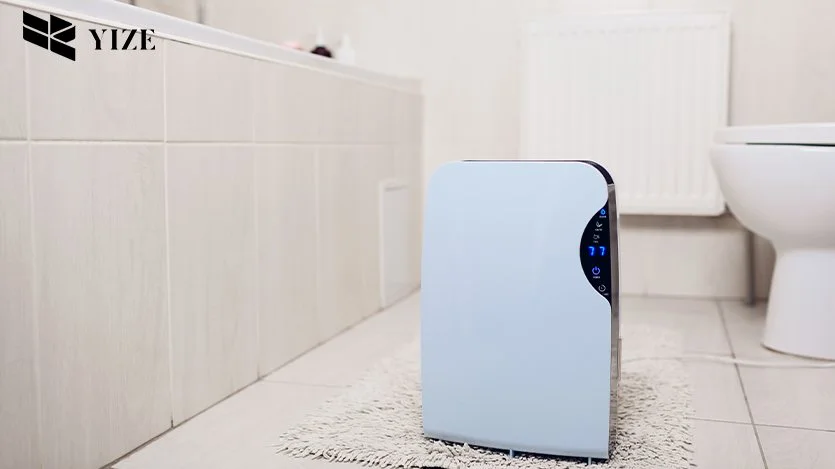
· Re-caulk: Remove and replace old caulk with a mold-resistant one if mold grows in the shower area. This will help to seal the area and prevent mold from growing in the future. Make sure to use a caulk designed for use in bathrooms and that is mold-resistant.
In Conclusion
Pink mold is a common issue in bathrooms, particularly in the shower. While it may not be as harmful as black mold, you should still remove it as soon as possible. You can use various cleaning products to remove pink mold. Also, cleaning your shower often and maintenance is also important in preventing pink mold.
